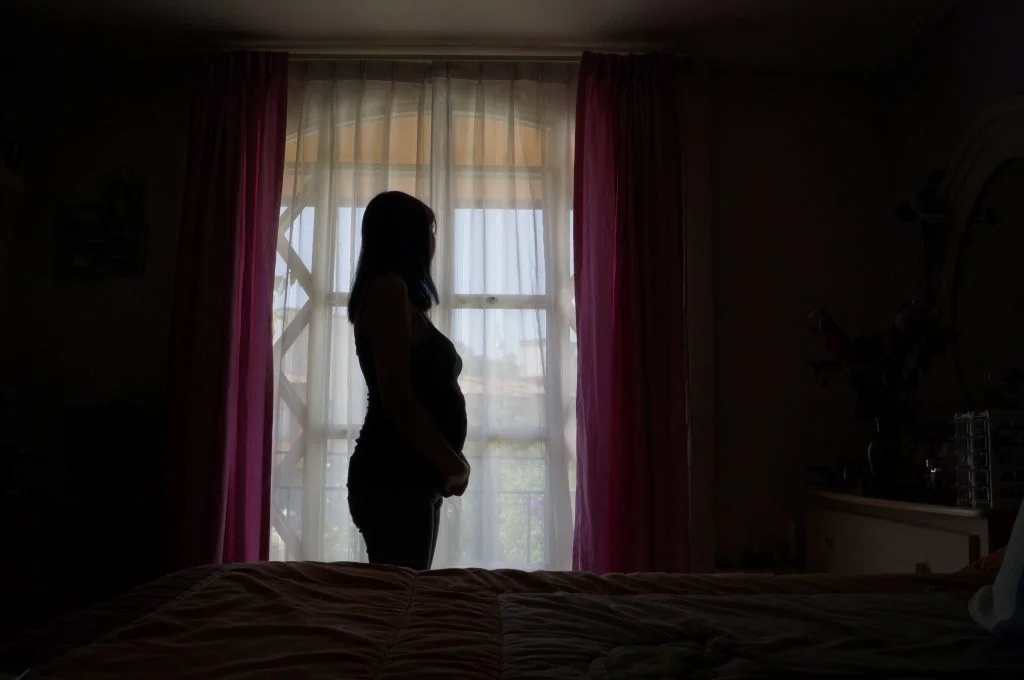Introduction
The beginning of your menses starts from the first day of your period. If pregnancy is to take place, this is counted as the first week of your pregnancy. The ovaries do have immature egg cells (oocytes) resting within and may be invisible to ultrasound.
During the course of the cycle, as menstrual bleeding slows down, several of these immature egg cells begin to mature inside small, protective, nourishing, fluid-filled sacs called follicles. It has been estimated to last about 150 days to mature an egg. During ovulation, the follicles start becoming dominant and grow faster. A number of hormones help in this physiology to grow and mature the egg from the ovaries. In the event that you get pregnant, this is counted as your second week. Conception is known to occur during the second week counting from the first day of your last menstrual period.
The egg catching process
Once released, the egg is ‘caught’ up by the fallopian tubes and starts being transported to the uterus. The ‘finger like structures’ at the end of fallopian tubes, also called cillia, help to direct the egg down into the uterus. This process is called ovulation. At this same time, the uterine lining begins to thicken and the cervical mucus thins out to allow the sperm to swim through it more easily. The egg will however remain in the tube for at least 48 hour anticipating the arrival of the sperm for the special moment of fertilization. The follicle that released the egg forms the corpus luteum and starts to release progesterone that helps maintain the uterine lining. This is aimed at preparing for implantation in case fertilization takes place. In case the egg is not fertilized by a sperm, it is passed out of the body through the vagina. It is so small that it cannot be seen. The lining of the womb is also shed in the monthly period of bleeding.
Egg meets Sperm
In the event of coitus taking place, up to about 250 million sperm are released in the vagina. This begins a race to reach the top, where the egg is waiting. This being a race where the strongest will survive, it is estimated that the fastest sperm will reach the egg in about 30 minutes. In the womb are secretions produced by the woman that help channeling the sperm through. The environment is thought to be alkaline and helps the sperm to swim up. An acidic environ will kill the sperm. It takes the sperm 3 to 5 days to survive in the womb. Some may be released before ovulation. The timing of ovulation and or deposition of sperm at the vagina is important for pregnancy to take place. Once this happens fertilization will take place and the fertilized egg travels down to the womb for implantation. Once the sperms meet the egg, they have a hard task to do, penetrate the egg «»shell»». It may last about an hour for this to be successful. Only the strongest will make it.
The sperm with their drill like action will finally penetrate the shell and shed off the covering. The successful sperm then swims in to a fluid space surrounding the egg. An important thing to note is that several sperm will penetrate the shell and get in to a space between the shell and the egg membrane but only one will penetrate this membrane to fertilize the egg. The genes from the sperm are contained in the head and once inside the egg the head swells to become a nucleus which fuses with the nucleus from the egg to start a new process of creating a new individual. If fertilization occurs, the corpus luteum (the previous follicle that released the egg) persists and gets bigger during the first few weeks after conception. This happens in response to the hormone human chorionic gonadotropin (HCG) produced by the early pregnancy. The corpus luteum provides important hormone progesterone that prompts the uterus to provide increasing amounts of blood and nourishment to the growing baby. Occasionally, an ovary creates more than one dominant follicle at a time, thereby producing two or more mature egg cells. If all the eggs are fertilized, this could result in multiple pregnancies—twins, triplets, or more.


